J J FRIETAS SPRINGFIELD ILLS
Condition is as-found, and appears untouched since the late 19th Century. It dates from about 1870, rather late for this type of rifle, but was one of those attempts by a local gunsmith to compete with the large caliber cartridge rifles that were beginning to take over that market. It started out as just over .50 caliber, probably around .52, according to the ramrod and ferrules. It is stamped "GAIN TWIST" and the muzzle is turned for a guide bullet starter, indicating that it originally used a fairly heavy bullet, rather than a round ball. It has never had a peep-sight or any type of target sight just plain buckhorn rear sight and silver blade front sight. At some point, probably after the bore became worn, it has been bored out to .60 caliber smoothbore, quite likely for shooting buffalo from horseback at close range. It bears some battle scars and patina, and has had a rather unusual makeshift repair. A piece of wood ahead of the lock was splintered out, exposing the mainspring and internal lock parts. This has been poured full of lead, to seal out the weather and dirt, a very long time ago. I'd guess that it was done while pouring bullets around a campfire, but we will never really know.
Here are the details on this rifle:
Maker: J J FREITAS SPRINGFIELD ILLS (also stamped GAIN TWIST)
Weight: 10 lbs. 8 oz.
Length overall: 47"
Barrel length: 30 7/16"
Width across flats at breech: 1.136 "
Width across flats at muzzle: 1.178"
Caliber: originally about .52 with gain twist rifling, now .60 smoothbore.
Stock wood: straight grained maple
Mountings: brass
A great many of our 19th Century gunsmiths in the Midwest were of foreign birth, often English or German, but also Irish, Scottish, French, Austrian, Swiss, Danish, etc., but John J Freitas (AKA DeFreitas) is unusual. He is the only Portuguese-born gunsmith that I have encountered. His was one of the families of Portuguese Protestants, who fled the Portuguese Island of Madeira, due to religious persecution that had become violent, in 1846. They found temporary refuge in Spain and Trinidad but plans were made to find a permanent home in the United States. The "Madeira Exiles" were of Presbyterian faith, and Illinois College in Jacksonville, Illinois, was a Presbyterian College. It was through the efforts of Illinois College that around 1,200 of the "Madeira Exiles" were relocated in the Jacksonville/Springfield area in Central Illinois. beginning in 1849. The DeFreitas family was among them.
John J DeFreitas is listed as a gunsmith in Springfield, Sangamon County, Illinois, in the 1870 census. He was 38 years old. born in Madeira. His wife Mary, was 35 years old, also born in Madeira. Their oldest daughter, Mary J, was 19. born in Spain. A 17 year old daughter, Phyllis A, was also of foreign birth, but the place could not be deciphered. Three younger daughters, Lucille, aged 9; Gillamentana, aged 5; and Paulina, aged 1, were all born in Texas. Like many other gunsmiths, John Freitas had gone west seeking his fortune, before finally re-joining the rest of his family in Central Illinois. I was not able to find him in Texas census listings, but his daughter Paulina died shortly after her 18th birthday in Springfield, Illinois. Burial records state that she was born in Galveston, Texas.


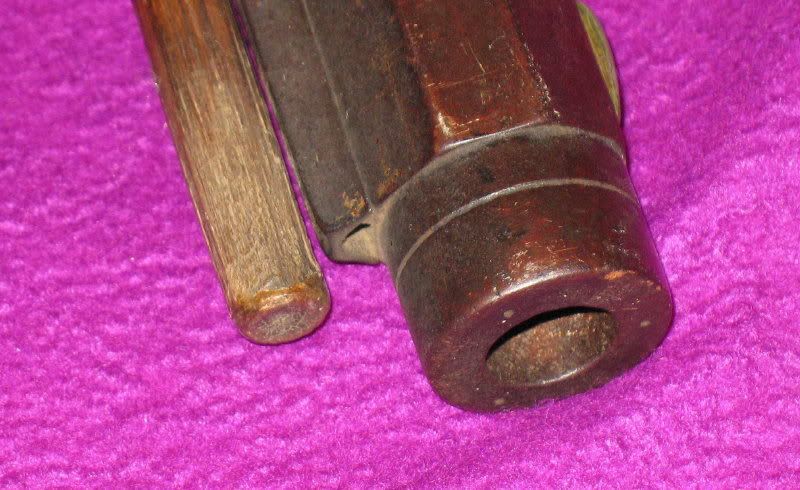
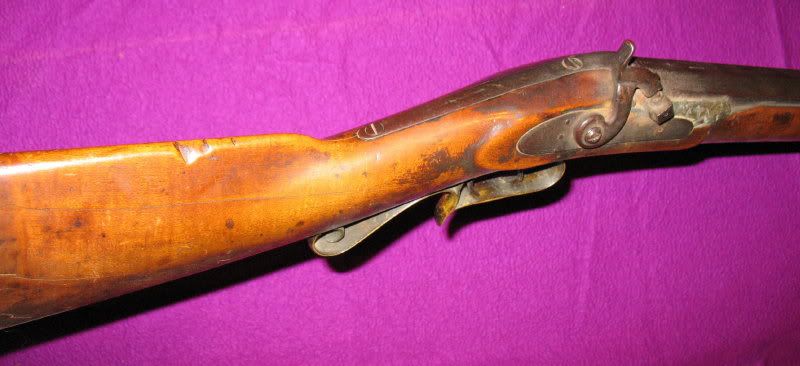



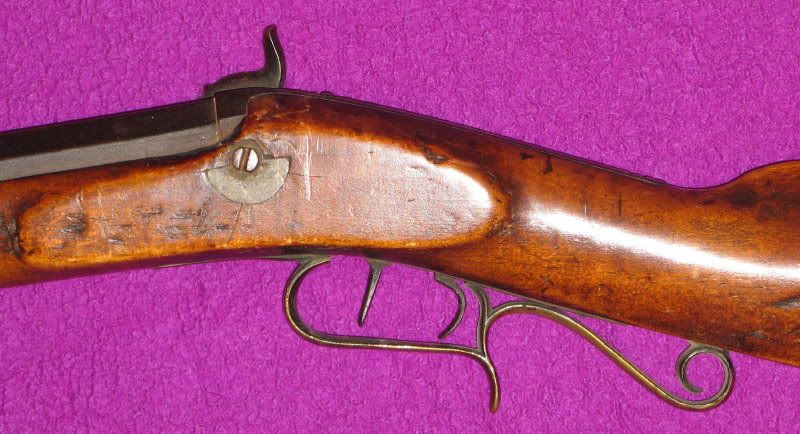
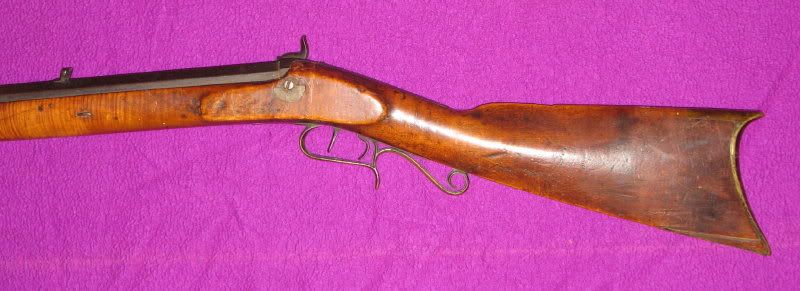
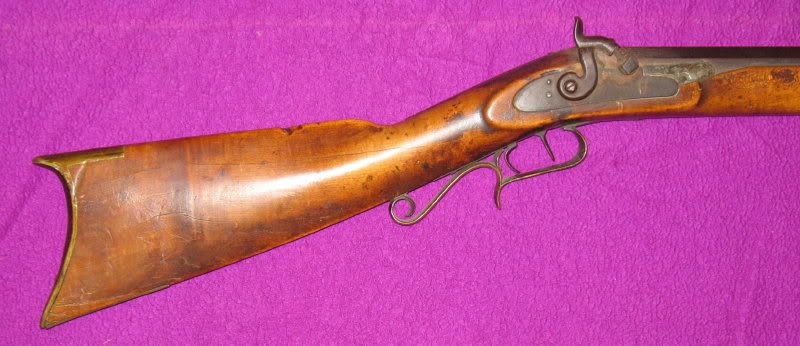
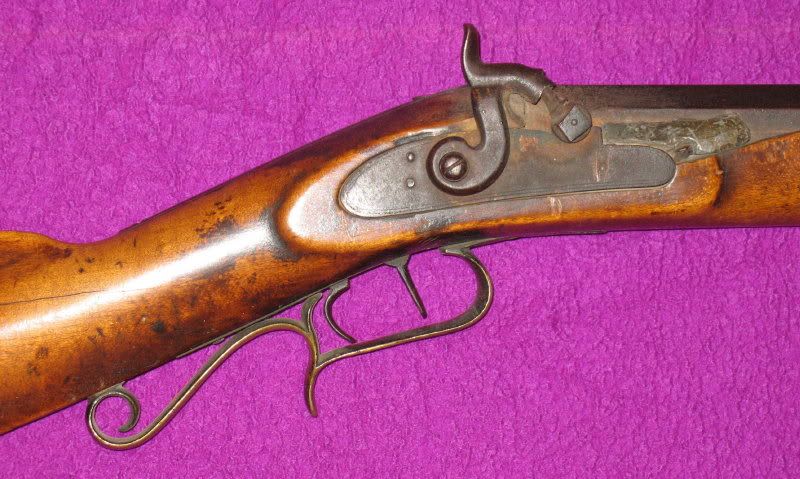

Comments:
This rifle turned up in California, and had apparently gone west and stayed there during the period of its use. If only it could talk!
=================================================================
Pretty darned amazing that a Portuguese would turn up in Illinois making guns in the 1800s. Not the first example; there was a Medina, in early Lancaster, who may have been involved in the trade. This is a nice little rifle with great backup material that is definitely Library material.
==================================================================
This is a pretty basic rifle, as expected from that era, but it has an exceptional story behind it from Curt's research. Any rifle that is signed and has the maker's city & state also indicated, provides a valuable research tool for identifying other unsigned guns by that hand. It's a good example of a late "working rifle" made for use rather than show, and should go to the museum.

